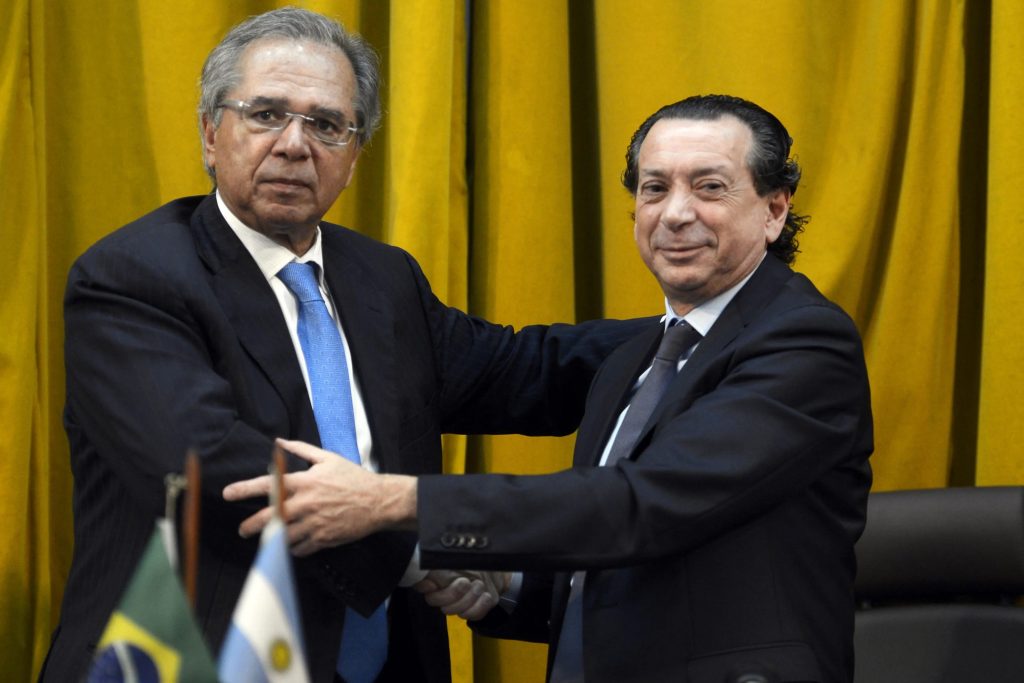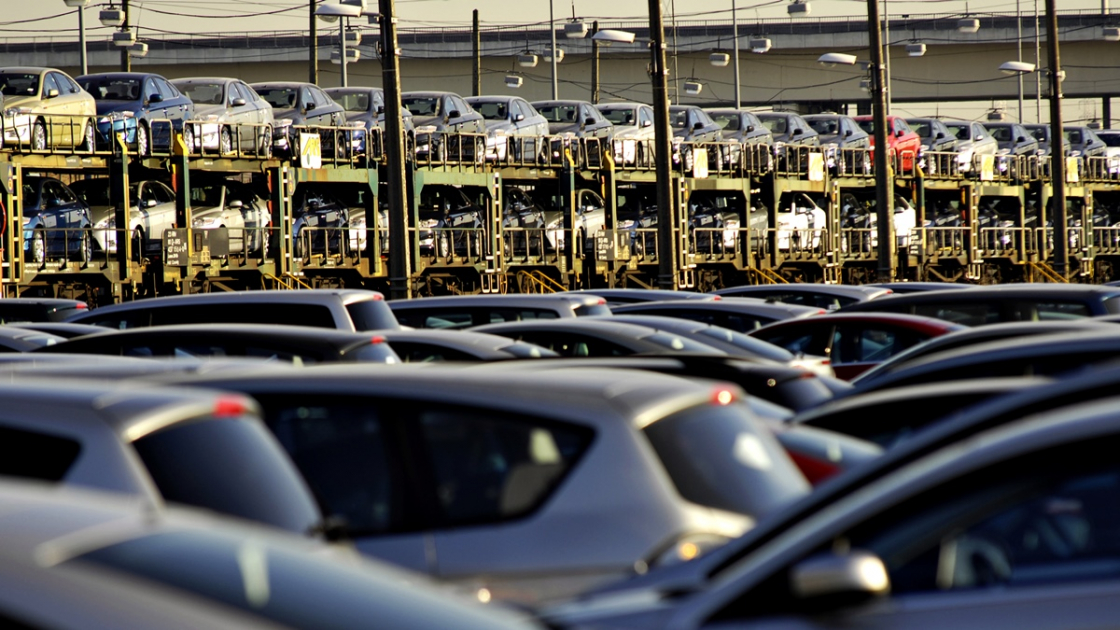RIO DE JANEIRO, BRAZIL – Brazil and Argentina have signed an automotive agreement within the Mercosur framework, with a view to fully expanding the sector by 2029, when the agreement with the economic bloc and the European Union will come into force.

The document was signed by Brazil’s Economy Minister Paulo Guedes and Argentina’s Production and Labor Minister Dante Sica. The ceremony took place on Friday, September 6th, in the historic building of the Ministry of Finance in downtown Rio.
The intention, according to Guedes, is to open up and integrate the Brazilian economy into global chains, while at the same time increasing competitiveness.
Important day
The Argentine minister said it was a very important day for both countries, as the agreement gives stability to the automotive sector, the main industrial agenda between Brazil and Argentina. He said the sector lacked a broader agreement without having to ratify it periodically.
The new automotive agreement between the two countries was signed under the Economic Complementation Agreement No. 14 (ACE 14). The protocol will extend, indefinitely, the validity of the bilateral automotive agreement, previously foreseen to last until June 30th, 2020.

Flex
One of the agreed items is the gradual change in the flex regime, a factor that regulated how much Brazil could export tax-free to Argentina, making a relationship between the exported and imported, explained the secretary of Foreign Trade of the Brazilian Ministry of Economy, Lucas Ferraz.
“The idea is that gradually, over the next ten years, there will be a flexibilization of the flex regime. Currently, we have a flex of 1.5. That is, for every US$1.5 (R$6) exported by Brazil, we must import US$1 from Argentina. From 2015 to 2020, this flex already increases immediately to 1.7. In 2029, it becomes 3.0. As of July 1, 2029, Brazil and Argentina have entered into free automotive trade, without any conditionalities,” Ferraz said.
Exports
The Ministry of Economy explained that Argentina is the largest destination for Brazilian exports of automotive products. In 2018, trade in automotive products totaled US$13.4 billion corresponding 51.6 percent of total trade between the two countries.
With exports worth US$8 billion and imports worth US$5.3 billion, trade with automotive products resulted in a surplus of US$2.7 billion for Brazil.
Guedes and Sica explained that the new agreement prohibits the granting of future subsidies by the Brazilian states and Argentine provinces to factories and automakers, under penalty of losing the foreseen facilities. With this, competitiveness will cease to occur through tax exemption, avoiding tax wars between states, and will occur through those who offer the best transportation logistics, energy supply and quality of labor.

